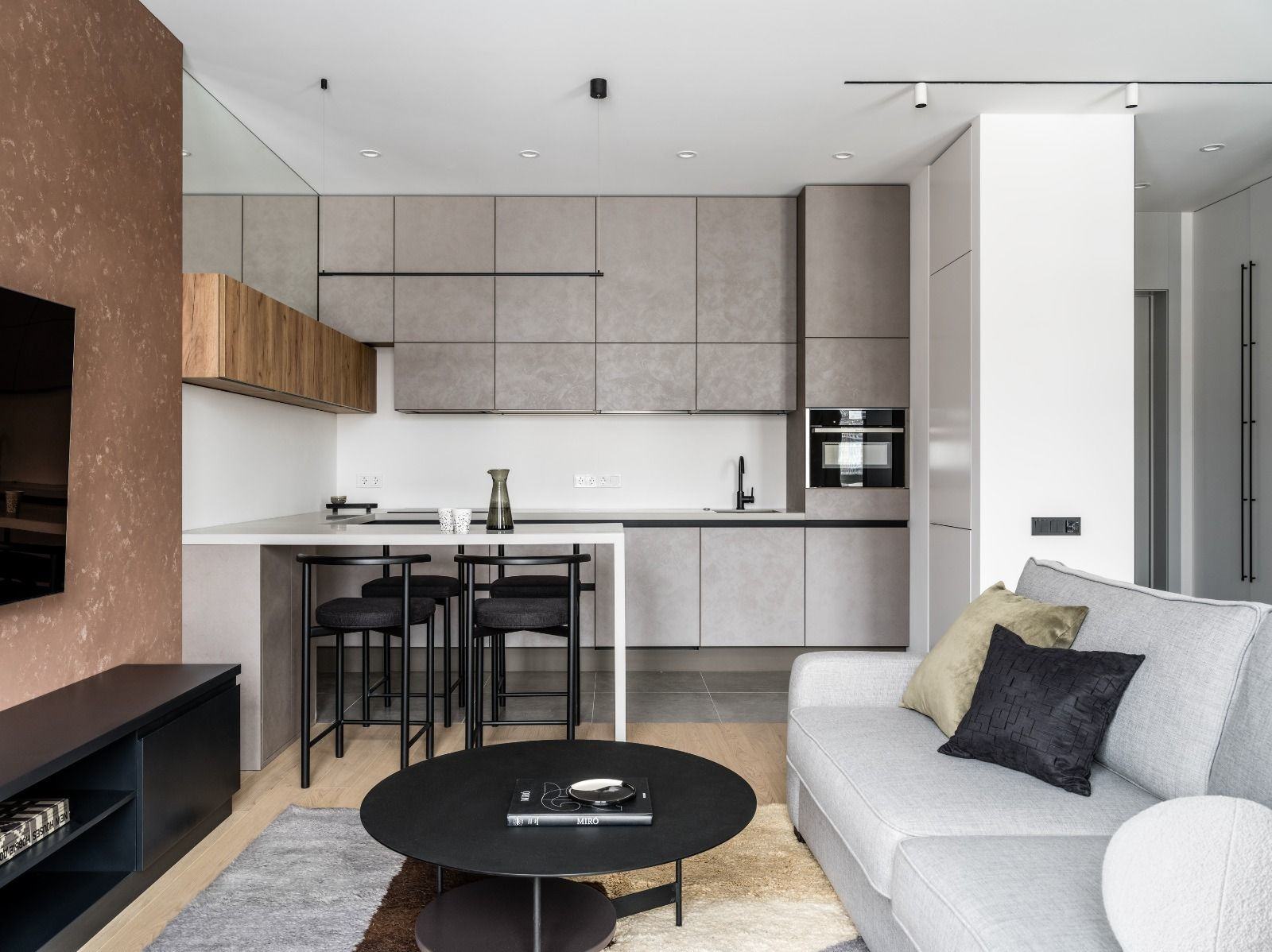
Culinary Spaces Reimagined: Infusing Innovation into Modern Kitchens
The kitchen, often dubbed the heart of the home, is not just a place where meals are cooked and served. It's an intimate space where families gather, conversations brew, and creativity blossoms. As culinary techniques and trends evolve, so too does the design and functionality of our kitchens. This transformation, or reimagining of culinary spaces, is about more than just aesthetic appeal; it focuses on creating environments that foster innovation, efficiency, and joy in cooking.
Embracing Technology and Functionality
The reimagined culinary space is smart. Technological advancements have given rise to appliances and gadgets that integrate seamlessly with mobile devices, providing tailored recipes, nutritional information, and even the ability to control your kitchen remotely. Smart fridges inventory their contents, ovens preheat at the touch of a button, and coffee machines remember just how you like your morning brew. Functionality merges with connectivity, ensuring that kitchen design prioritizes both form and function to cater to the tech-savvy home chef.
Cultivating a Sustainable Kitchen
In the reimagined kitchen, sustainability takes center stage. As awareness about the environment grows, sustainable practices have become a key component in kitchen design. From energy-efficient appliances to composting systems, the modern culinary space is designed to reduce waste and conserve resources. Materials like bamboo, recycled glass, and reclaimed wood offer eco-friendly alternatives to traditional kitchen surfaces, allowing homeowners to cook and live in harmony with the planet.
Design That Celebrates Individuality
The reimagined kitchen is also a reflection of individual style and need. Modular designs allow for customization and flexibility, bending to the nuances of space and personal taste. Open shelving, moveable islands, and adjustable lighting systems can transform the atmosphere and functionality of the kitchen instantly, catering to the spontaneous and evolving nature of culinary art. This level of personalization ensures that each culinary space is as unique as the individuals who use it, fostering a deep sense of ownership and authenticity.
Integrating Social and Cooking Spaces
Kitchens are becoming increasingly integrated with living spaces, promoting a social environment where cooking and conversation can intersect. This trend of open-plan living has given rise to features such as bar-style seating areas, dual-purpose islands, and transitional furniture that blend the kitchen with dining and living areas. These fusion spaces not only make the act of cooking more inclusive and engaging but also redefine the kitchen as a central hub for social interaction and entertainment.
Bringing the Outdoors In
Finally, reimagined culinary spaces are breaking boundaries by incorporating elements of the outdoors. Kitchen gardens, herb walls, and an abundance of natural light transform the kitchen into a verdant oasis. Merging indoor and outdoor living encourages a healthier lifestyle and provides a tranquil space that breathes life and vitality into daily cooking routines. Large windows, skylights, and even full wall sliding doors open up the kitchen to the beauty of nature, making meal preparation an inspired and uplifting experience.
Conclusion
The reimagining of culinary spaces is a dynamic and continual process driven by technological innovation, environmental consciousness, individual expression, social connectivity, and a yearning for natural beauty. As we forge ahead into an era where the kitchen becomes more than a place for sustenance, these reimagined spaces promise to enrich our lives with efficiency, sustainability, and pleasure, proving that the future of cooking is not just about food, but the experience that surrounds it.